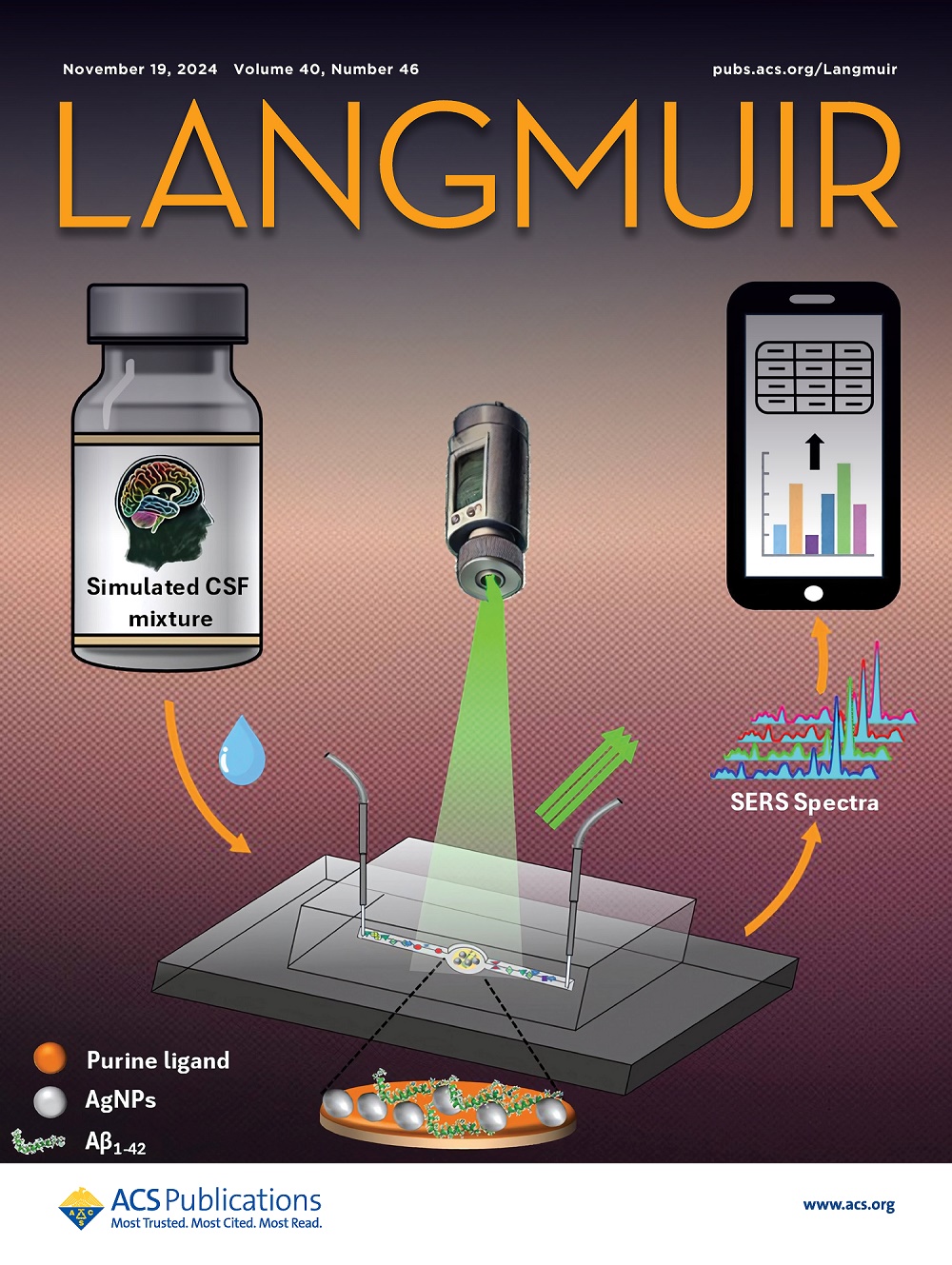Main-Group p-Block Metal-Doped C3N Monolayers as Efficient Electrocatalysts for NO-to-NH3 Conversion: A Computational Study
IF 3.9
2区 化学
Q2 CHEMISTRY, MULTIDISCIPLINARY
引用次数: 0
Abstract
The electrochemical NO reduction reaction (NORR) toward NH3 synthesis not only helps address issues of air pollution but also holds significant energy and economic value, making it an innovative method with broad application prospects. However, designing NORR electrocatalysts that are both highly active and selective remains a formidable challenge. Herein, we study the main-group p-block metal (M = Al, Ga, and In)-doped C3N monolayers as promising single-atom catalysts (SACs) for NORR through spin-polarized first-principles calculations. Our results show that Al@VCC, Al@VCN, Ga@VCC, and Ga@VCN systems are not only stable but also exhibit metallic characteristics, ensuring effective charge transfer during the NORR process. Moreover, nitric oxide (NO) can be strongly chemisorbed and activated on all four candidates with adsorption free energies ranging from −0.83 to −1.59 eV and then spontaneously converted into NH3 without the need for any applied voltage. More importantly, Ga@VCN possesses a well-suppressed ability for the formation of H2/N2O/N2 byproducts, indicating excellent NH3 selectivity. These findings not only offer a promising electrocatalyst for the NO-to-NH3 conversion but also highlight the great potential of main-group metals as SACs for electrochemical reactions.

主基p嵌段金属掺杂C3N单层作为NO-to-NH3转化高效电催化剂的计算研究
电化学NO还原反应(NORR)合成NH3不仅有助于解决空气污染问题,而且具有重要的能源和经济价值,是一种具有广阔应用前景的创新方法。然而,设计高活性和选择性的NORR电催化剂仍然是一个艰巨的挑战。本文通过自旋极化第一性原理计算,研究了主族p嵌段金属(M = Al, Ga和In)掺杂C3N单层作为NORR的有前途的单原子催化剂(SACs)。研究结果表明,Al@VCC, Al@VCN, Ga@VCC和Ga@VCN体系不仅稳定,而且具有金属特性,确保了NORR过程中有效的电荷转移。此外,一氧化氮(NO)可以在所有四种候选材料上进行强化学吸附和活化,吸附自由能范围为- 0.83至- 1.59 eV,然后在不需要任何施加电压的情况下自发转化为NH3。更重要的是,Ga@VCN对H2/N2O/N2副产物的形成具有良好的抑制能力,表明其具有良好的NH3选择性。这些发现不仅为NO-to-NH3转化提供了一种有前景的电催化剂,而且突出了主基团金属作为SACs在电化学反应中的巨大潜力。
本文章由计算机程序翻译,如有差异,请以英文原文为准。
求助全文
约1分钟内获得全文
求助全文
来源期刊

Langmuir
化学-材料科学:综合
CiteScore
6.50
自引率
10.30%
发文量
1464
审稿时长
2.1 months
期刊介绍:
Langmuir is an interdisciplinary journal publishing articles in the following subject categories:
Colloids: surfactants and self-assembly, dispersions, emulsions, foams
Interfaces: adsorption, reactions, films, forces
Biological Interfaces: biocolloids, biomolecular and biomimetic materials
Materials: nano- and mesostructured materials, polymers, gels, liquid crystals
Electrochemistry: interfacial charge transfer, charge transport, electrocatalysis, electrokinetic phenomena, bioelectrochemistry
Devices and Applications: sensors, fluidics, patterning, catalysis, photonic crystals
However, when high-impact, original work is submitted that does not fit within the above categories, decisions to accept or decline such papers will be based on one criteria: What Would Irving Do?
Langmuir ranks #2 in citations out of 136 journals in the category of Physical Chemistry with 113,157 total citations. The journal received an Impact Factor of 4.384*.
This journal is also indexed in the categories of Materials Science (ranked #1) and Multidisciplinary Chemistry (ranked #5).
 求助内容:
求助内容: 应助结果提醒方式:
应助结果提醒方式:


